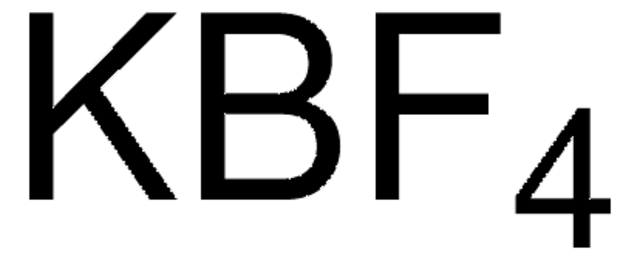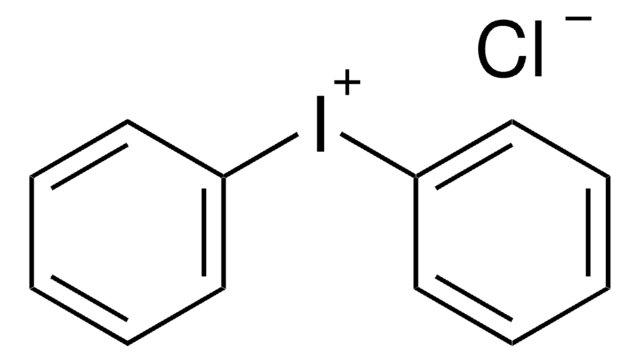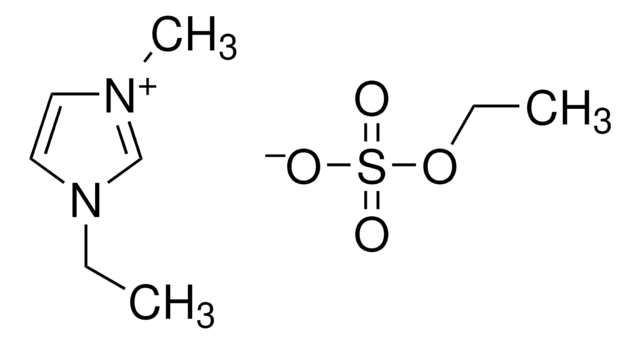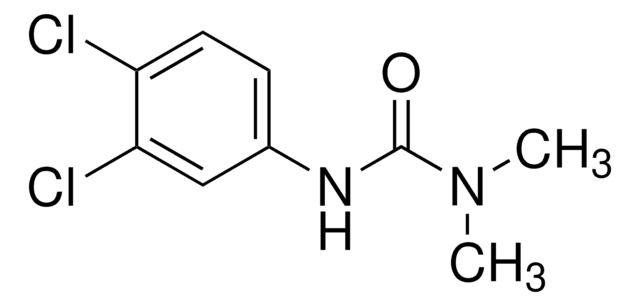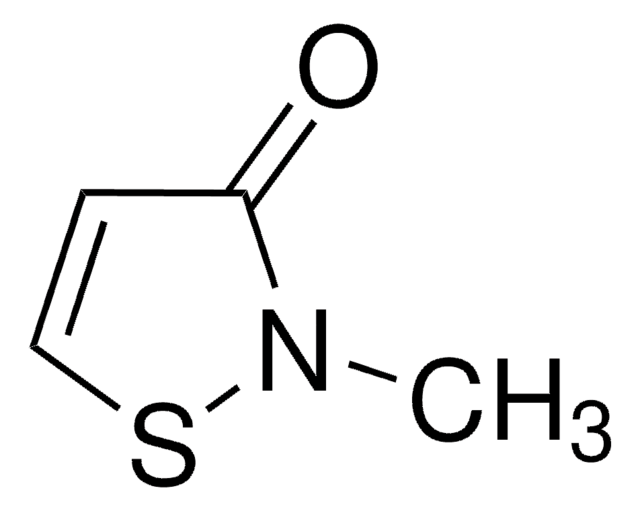所有图片(2)
About This Item
线性分子式:
Cl2C6H3NHCONHC6H4Cl
CAS号:
分子量:
315.58
MDL號碼:
分類程式碼代碼:
12352100
PubChem物質ID:
NACRES:
NA.22
推荐产品
agency
EPA 1694
品質等級
蒸汽壓力
<0.1 mmHg ( 25 °C)
化驗
99%
形狀
solid
mp
254-256 °C (lit.)
溶解度
methanol: soluble
應用
environmental
官能基
amine
chloro
SMILES 字串
Clc1ccc(NC(=O)Nc2ccc(Cl)c(Cl)c2)cc1
InChI
1S/C13H9Cl3N2O/c14-8-1-3-9(4-2-8)17-13(19)18-10-5-6-11(15)12(16)7-10/h1-7H,(H2,17,18,19)
InChI 密鑰
ICUTUKXCWQYESQ-UHFFFAOYSA-N
基因資訊
human ... EPHX2(2053)
mouse ... Ephx2(13850)
正在寻找类似产品? 访问 产品对比指南
一般說明
3,4,4′-三氯卡巴腈 (TCC) 在肥皂、化妆品和其他个人护理用品中用作抑菌剂和抗菌剂。TCC 是一种有毒、持久性和潜在生物累积性的多氯联苯类芳香族尿素农药。
應用
采用 3,4,4′-三氯卡巴腈建立了一种灵敏分析方法,以通过同位素稀释在线固相萃取-高效液相色谱串联质谱法测定母乳中的三氯卡班和环境酚类物质。为研究美国水资源中三氯卡班和三氯生的共生关系,采用 3,4,4′-三氯卡比林进行了定量构效关系 (QSAR) 分析。
生化/生理作用
3,4,4'-三氯卡巴尼对哺乳动物生殖有干扰,可引起人体高铁血红蛋白血症。
免責聲明
本品不可用作全球生物杀灭剂法规监管的生物杀灭剂,包括但不限于:美国联邦杀虫剂、杀菌剂和灭鼠剂法(US EPA′s Federal Insecticide Fungicide and Rodenticide Act)、欧盟生物杀灭剂法规(European Biocidal Products Regulation)、加拿大虫害管理监管机构(Canada’s Pest Management Regulatory Agency)、土耳其生物杀灭剂法规(Turkey’s Biocidal Products Regulation)、韩国生物杀灭剂法(Korea’s Consumer Chemical Products and Biocide Safety Management Act (K-BPR))等。
訊號詞
Warning
危險聲明
危險分類
Aquatic Acute 1 - Aquatic Chronic 1
儲存類別代碼
11 - Combustible Solids
水污染物質分類(WGK)
WGK 3
其他客户在看
Rong Chu et al.
Oncotarget, 7(48), 78958-78970 (2016-10-16)
Microtubule targeting agents (MTAs) characteristically promote phosphorylation and degradation of Mcl-1, and this represents a critical pro-apoptotic signal in mitotic death. While several phosphorylation sites and kinases have been implicated in mitotic arrest-induced Mcl-1 phosphorylation, a comprehensive biochemical analysis has
Rolf U Halden et al.
Environmental science & technology, 39(6), 1420-1426 (2005-04-12)
Triclocarban (TCC) and triclosan (TCS) are antimicrobial additives in personal care products. Whereas TCS has been studied extensively, the environmental fate of TCC remains largely unknown. To address this data gap, we performed quantitative structure-activity relationship (QSAR) analyses that suggested
Jian-Liang Zhao et al.
Water research, 47(1), 395-405 (2012-11-07)
Triclosan (TCS) and triclocarban (TCC) are two commonly used personal care products. They may enter into aquatic environments after consumption and pose potential risks to aquatic organisms. We investigated the occurrence and fate of TCS and TCC in five large
Nils Helge Schebb et al.
Aquatic toxicology (Amsterdam, Netherlands), 105(3-4), 448-454 (2011-08-30)
The antimicrobial triclocarban (TCC) is frequently found in personal care products and commonly observed in surface waters and sediments. Due to its long environmental persistence TCC accumulates in sewage sludge. It also shows a high unintended biological activity as a
Niroj Aryal et al.
Water research, 45(17), 5545-5552 (2011-09-10)
Triclocarban and triclosan, two antimicrobials widely used in consumer products, can adversely affect ecosystems and potentially impact human health. The application of biosolids to agricultural fields introduces triclocarban and triclosan to soil and water resources. This research examined the phytoaccumulation
我们的科学家团队拥有各种研究领域经验,包括生命科学、材料科学、化学合成、色谱、分析及许多其他领域.
联系技术服务部门



![2,2′-亚甲基双[6-(2H-苯并三唑2基)-4-(1,1,3,3-四甲基丁基)苯酚] 99%](/deepweb/assets/sigmaaldrich/product/structures/236/824/ce89085c-b9e1-4ea0-8157-44b6f9466ed6/640/ce89085c-b9e1-4ea0-8157-44b6f9466ed6.png)




